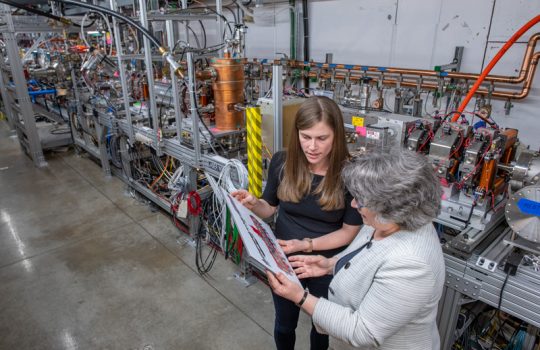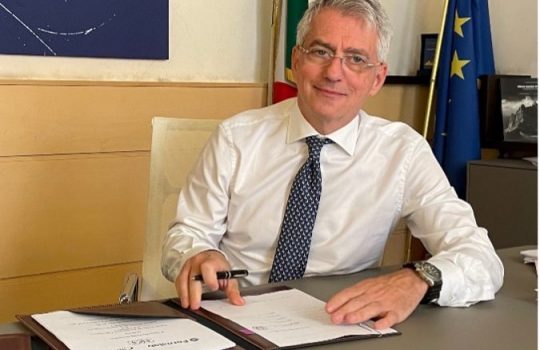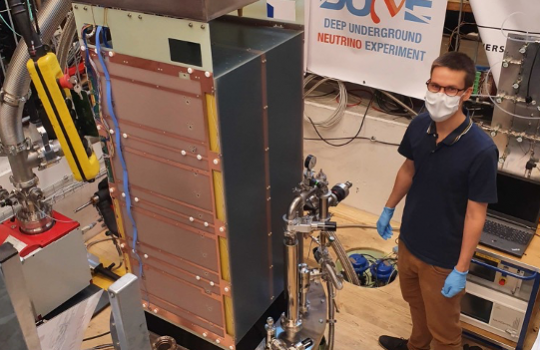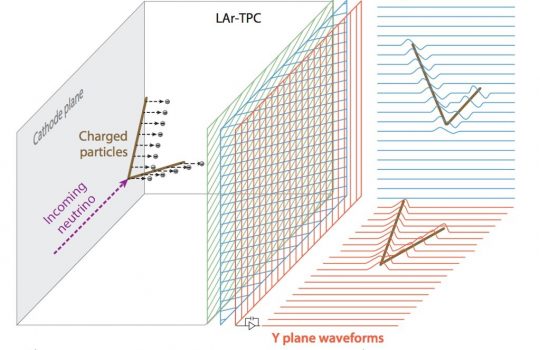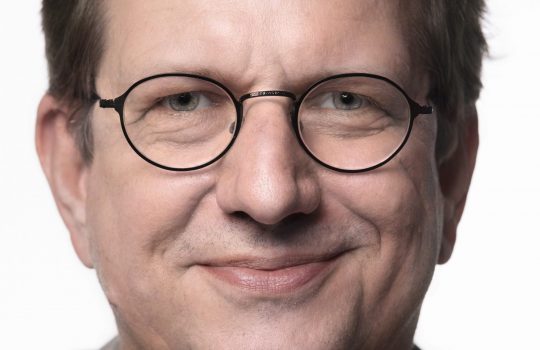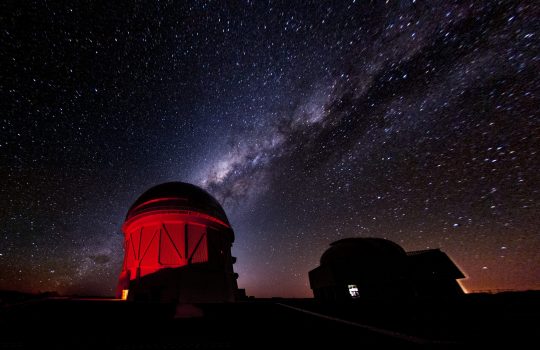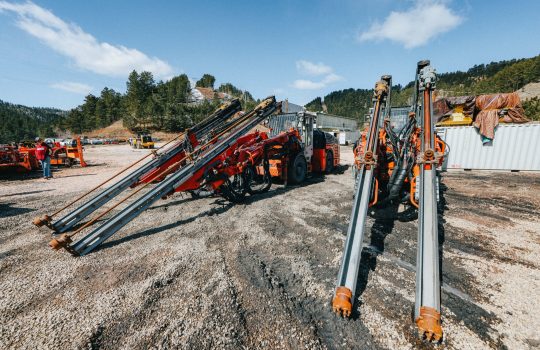Successful tests pave the way for Fermilab’s next-generation particle accelerator
- accelerator
- cryomodule
- international engagement
- milestone
- PIP-II
- superconducting radio-frequency technology
This spring testing wrapped up at the PIP-II Injector Test Facility, or PIP2IT. The successful outcome paves the way for the construction of PIP-II, a new particle accelerator that will power record-breaking neutrino beams and drive a broad physics research program at Fermilab for the next 50 years.

